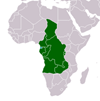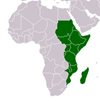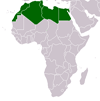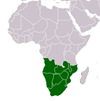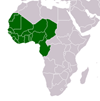Food Demand Characteristics in Uganda: Estimation and Policy Relevance
Food Demand Characteristics in Uganda: Estimation and Policy Relevance
Uganda was highly successful in reducing poverty over the past two decades but made little progress towards household food security. This underlines the need for designing food security interventions customised for household-specific needs and behaviours. This study estimates Ugandan household demand behaviour with a focus on food consumption paying particular attention to household-specific characteristics. The results show that preferences to increase calorie-dense staple consumption, likely associated with food energy deficiency, extend far beyond the percentage of rural Ugandans officially deemed poor. Price elasticities indicate that poor rural households are largely well positioned to compensate staple price increases by substitution as long as they are not already concentrated on the cheapest foods. This flexibility applies less to urban households. The estimated demand elasticities generally vary widely between rural and urban households and depend on expenditure levels. Household-specific characteristics have significant, sometimes pronounced, influences on demand, as do seasons and regions. The results reflect highly differentiated demand behaviour, which can be utilised to improve the design and evaluation of food security interventions.
CITATION: Boysen, Ole. Food Demand Characteristics in Uganda: Estimation and Policy Relevance . : John Wiley & Sons Publishing Company , 2016. South African Journal of Economics, Vol. 84, No. 2, June 2016, pp. 260-293 - Available at: https://library.au.int/food-demand-characteristics-uganda-estimation-and-policy-relevance-0

